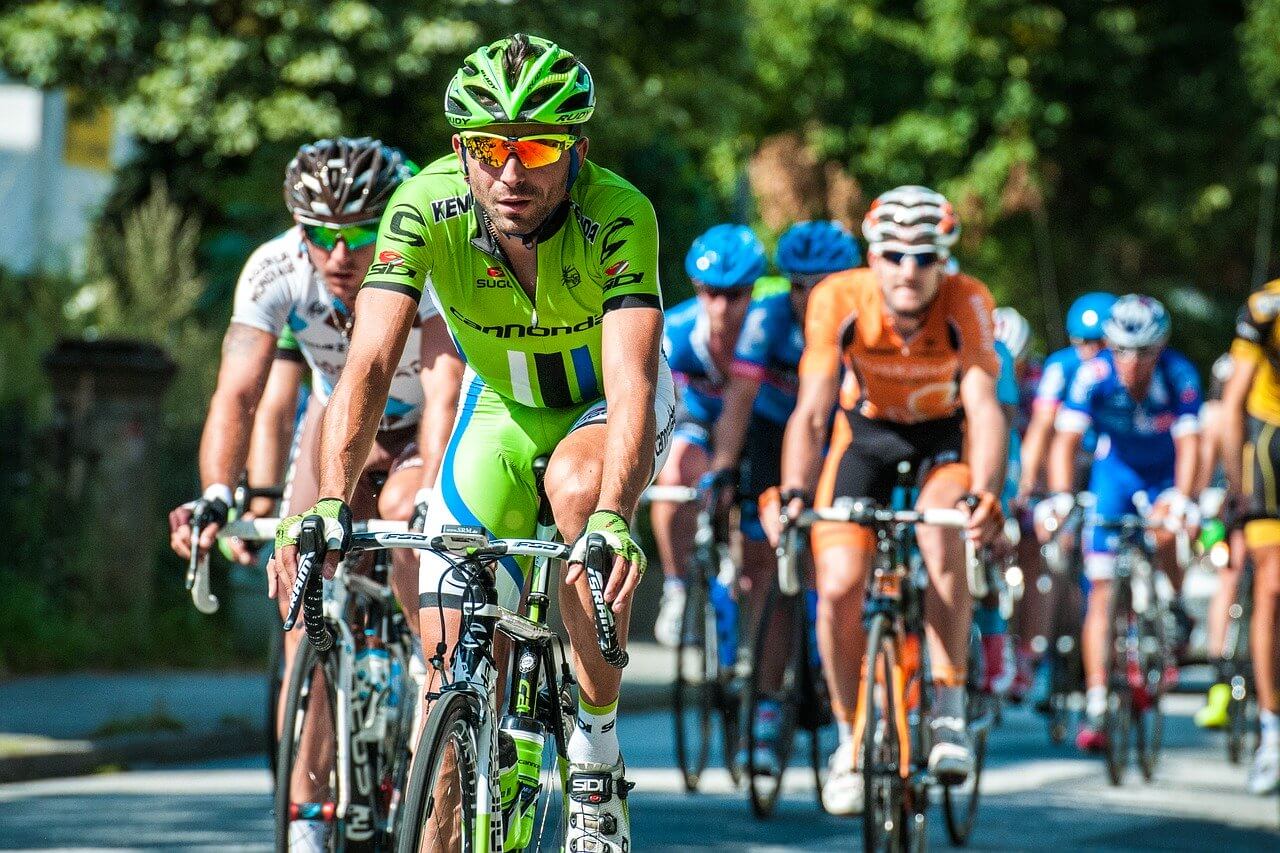Importance of Exercise at Every Age
Table of Contents
Importance of Exercise at Every Age
Exercising is an essential aspect of a well-rounded and healthy lifestyle. The benefits that come with regular exercises are numerous. Over the years, activities have been proven to boost energy levels, improve the quality of sleep, reduce the likelihood of getting lifestyle diseases, boost the immune system, strengthen the heart muscles, and keep our bodies fit.
As such, it is important to include exercises in your daily schedule regardless of your age. In fact, making exercises a part of your daily routine from a young age lays a foundation for a healthy lifestyle even in adulthood and old age.
In this article, we are going to have an in-depth look at exercises for different age groups.
1. Importance of Exercise at age 6 to 17
Physical activity is important for school-going children who make up this age group. During this period, the body is developing, and they are growing 2.5 inches a year and 4 to 7 pounds a year.
This developmental stage comes with a lot of milestones, and they need to get their recommended quota of exercises every day.
According to The Physical Activity Guidelines for Americans, children in this age group should be getting 60 minutes of moderate to vigorous daily exercises.
The best exercise for this age group:
The best activities for people in this age group are meant to strengthen their bones, muscles, cardiovascular system, and improve their metabolic health bio markers.
Bone loading activities such as jumping, running, dancing, rock climbing, basketball, gymnastics, walking, tennis, football, press-ups, sit-ups, and dancing strengthens their muscles and bones.
Also, these physical activities help to strengthen the cardiovascular system, maintain healthy body weight, and develop neuromuscular awareness (1).
When children in this age group regularly work out, they get an opportunity to have better social interaction skills, build up self-confidence, and adopt healthy behavior by staying away from harmful substances.
In essence, exercises in these early stages of life promote better academic performance, a better posture, enhanced flexibility, coordination, and excellent motor skills, and reduced stress and anxiety.
2. Importance of Exercise at Age 18 to 29
In this age group, it is important to build your fitness base. In this age group, the human body has reached maximum growth. This means that you have reached the optimum point of strength.
However, your body still changes. This means that your muscle growth, strengthening bones, and body shape continue to change.
Men generally get muscular, while women gain more fat around the breasts and hips. During this period, your body functions optimally i.e., you become stronger, reaction time increases, and cardiac function is optimized (2).
The best exercise for this age group:
The recommended exercises for people in this age group include strength training exercises such as weight lifting, resistance band training, squats, pull-ups, and push-ups.
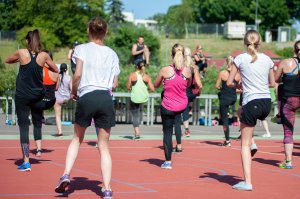
You can also do dynamic activities such as running, martial arts, dancing, and football.
Posture work is also essential; as such, you can include pilates, yoga, or balancing on a fit ball to your workout routine. As you reach your peak, you need to have optimum brain function too.
Exercising for at least two and ½ hours every day (3) has been linked to reducing the risk of cardiovascular diseases. The more time you spend on a treadmill, the healthier your heart is when you are older (4).
Aside from the benefits for your heart, you also get better focus, improved quality of sleep, higher self-esteem, and better cognitive skills.
3. Importance of Exercise at Age 30 to 39
In this age group, your metabolism gets lower every year. This means that you need more exercise and a healthy diet in order to lose excess body fat. However, it is important to note that metabolism rates significantly differ depending on the daily calorie intake.
 On average, a healthy man’s heart rate declines by approximately one beat per minute every year after they hit their thirties. This means that in a decade, his heart’s capacity to pump blood is reduced by 5% to 10%.
On average, a healthy man’s heart rate declines by approximately one beat per minute every year after they hit their thirties. This means that in a decade, his heart’s capacity to pump blood is reduced by 5% to 10%.
This combined with a lower metabolism can have dire effects on your body, especially if you do not regularly exercise.
As you grow older, you gain about 3 to 4 pounds every year, and the bad cholesterol in your body is spiked, leading to high blood pressure, type 2 diabetes, osteoporosis, slower reflexes, and other chronic diseases (5). To ensure that you are not slowly becoming unfit and unhealthy, it is important to maintain a healthy diet and regular exercise.
The best exercise for this age group:
Being physically active in this age group ensures that you remain energetic and that your body maintains physical functionality and protection against chronic diseases.
Workouts during this period ensure that you have improved cholesterol levels, improved bone health, reduced stress and anxiety, better sleep, better mental health, and lower risks of chronic illnesses.
In your thirties, you should get high-intensity training with intervals of low-intensity activities and rest. This means that you should increase your heart rate up to at least 80% of its maximum every week.
This can be achieved by exercises such as cycling, running, sprinting, and strength training (6).
4. Importance of Exercise at Age 40 to 49
People in this age group tend to feel stiffer, quickly tired, and weaker. As a result, they remain sedentary instead of maintaining a weaker routine with the fear that working out will lead to unpleasant, even painful effects. In turn, they tend to lose muscle mass and gain weight due to low metabolism.
However, working out is a great way to slow down aging. It is happening because regularly working out boosts your immunity, maintains healthy cholesterol, maintains healthy physical and mental functions, and maintains healthy body weight (7).
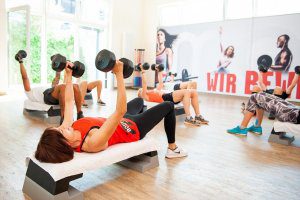 During this period, it is important to work out for about two hours split up within the week.
During this period, it is important to work out for about two hours split up within the week.
When you are in your forties, lean muscle mass decreases and body fat increases as your metabolism slows down. Due to those factors, resistance training and weight training is very crucial in your forties.
It ensures that your muscles remain toned and that you reap all the benefits of regularly working out, such as longevity, lower risk of getting chronic diseases, better sleep, reduced stress and anxiety, and good physical and mental function.
5. Importance of Exercise at Age 50 to 65
By age 50, your metabolism is down by 10% to 15%. Decreased metabolism is caused by muscle loss. On top of this, your cells, liver, and muscles become resistant to insulin. You may feel fatigued after taking a walk or exercising as a result of muscle loss.
Most people in this age group ten to become more sedentary, but it is crucial to maintain muscle mass. Keeping your posture and burning fat is vital to your health (8).
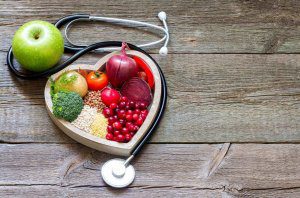 While it may seem like exercises make you tired, activities have been proven to keep you more energetic and active.
While it may seem like exercises make you tired, activities have been proven to keep you more energetic and active.
Your diet and exercise routine will determine how many visits you have to the hospital. As such, it is important to adjust your diet and include proteins that are a building block of the muscles. Regular exercises will help with building muscles because muscles burn more calories when they are at rest.
The best exercise for this age group:
In this age group, you should be doing resistance training exercises to preserve muscle and strength, strength training, keep your muscles ready for action, and cardio or aerobics to make you breathe harder, build your endurance and burn calories (9).
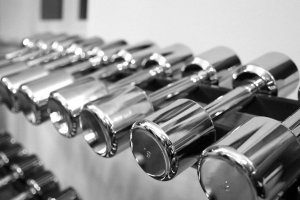 Running, jumping, weight lifting, resistance band exercises, climbing, push-ups, and sit-ups are some of the exercises you should include in your daily routine.
Running, jumping, weight lifting, resistance band exercises, climbing, push-ups, and sit-ups are some of the exercises you should include in your daily routine.
Balance training is also crucial to help you maintain your posture and stay active.
6. Importance of Exercise at Age 70 and above
As you hit your 70s, your cardiovascular system changes and your metabolism continues to go down. In this age group, it is vital for you to maintain a healthy diet and work out at least twice a week. Although the exercises are not vigorous, they will help you maintain a healthy lifestyle.
The best exercise for this age group:
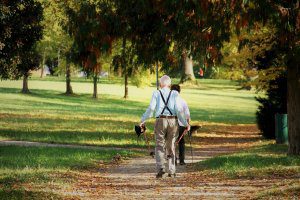 You can try walking, yoga, pilates, cycling, bodyweight training, swimming, lifting weights, or resistance band training to reduce the risk of high blood pressure or other cardiovascular diseases (10).
You can try walking, yoga, pilates, cycling, bodyweight training, swimming, lifting weights, or resistance band training to reduce the risk of high blood pressure or other cardiovascular diseases (10).
It is essential to have the guidance of a doctor and a professional trainer who will understand the exercise that you need.
Do not forget that your diet is also very crucial. Choose high-fiber food, fruits, vegetables, whole grains, and lean proteins.
Physical activity is good for people of all ages
From a young age, people want to have a healthy lifestyle, but not everybody is willing to put in the work through exercise. There are different exercises for different age groups, and although it might seem like you need to rest more and move less as you grow older, it is recommended that you remain active in order to live longer.
With a regular workout routine and a proper diet, you will be able to reduce the risk of lifestyle diseases such as heart disease, Alzheimer’s, diabetes, obesity, and cancer.
Exercises increase your lifespan, and regardless of your age or physical condition, you should, therefore, stay active and move more.
